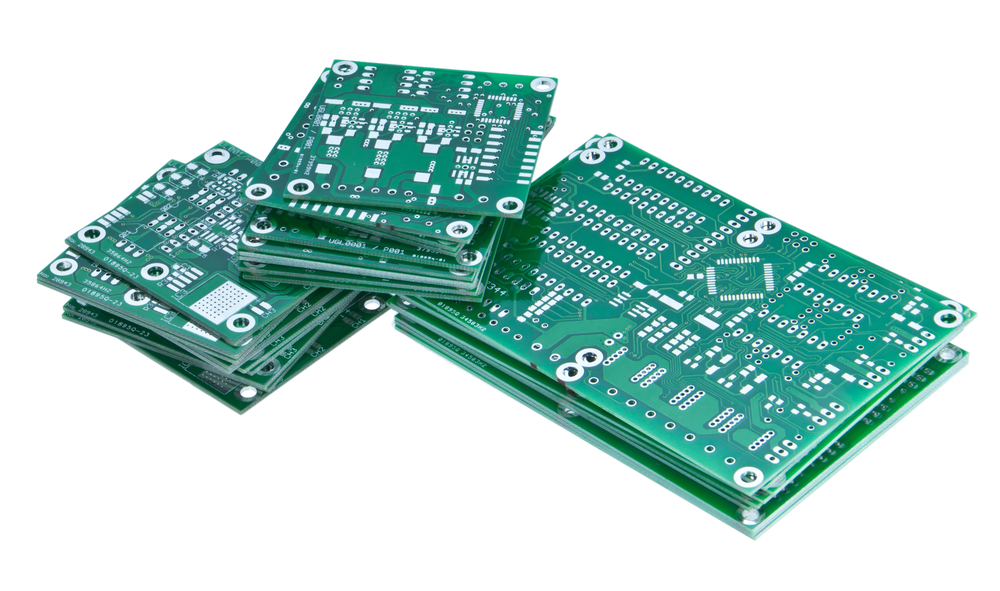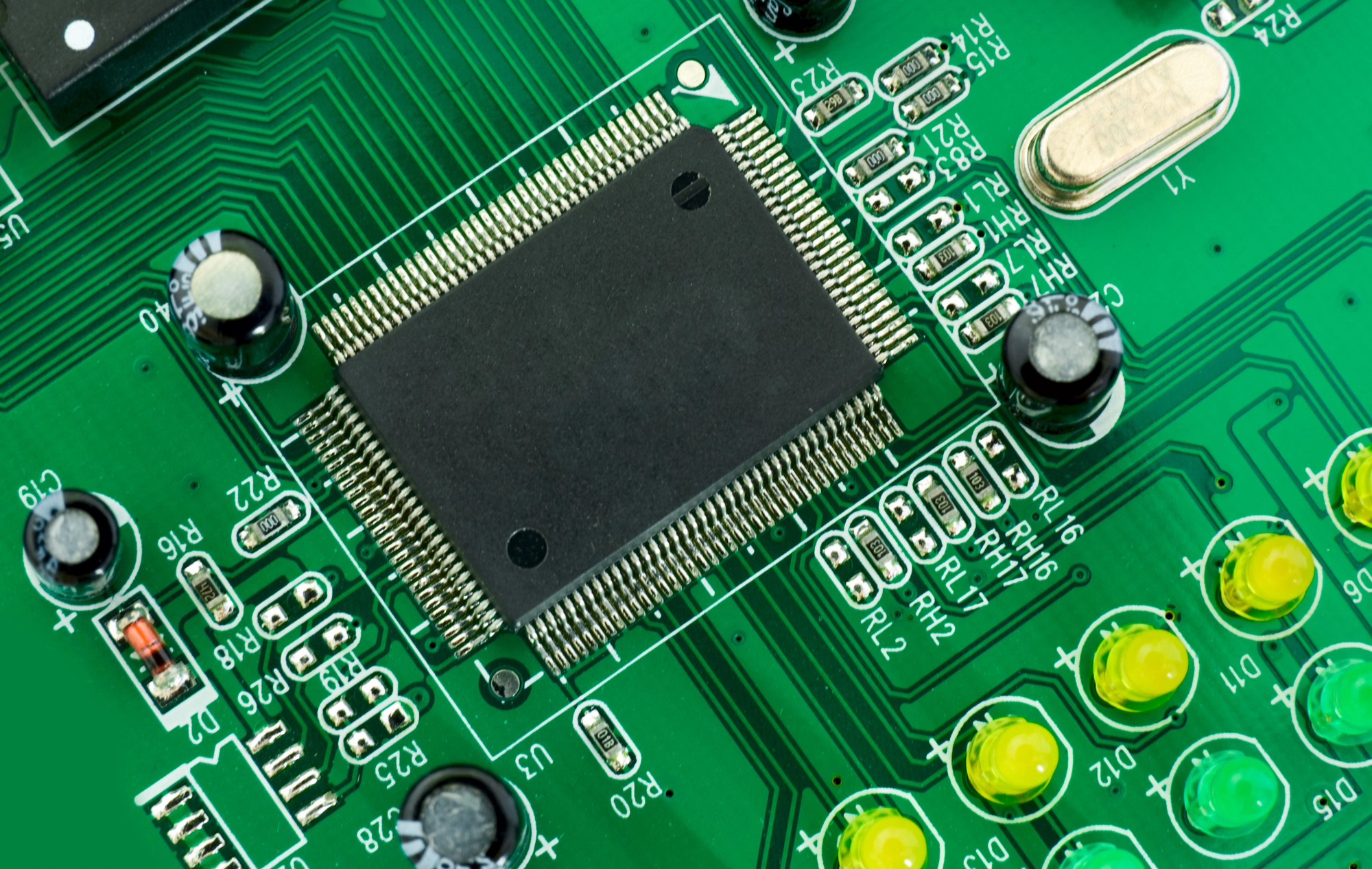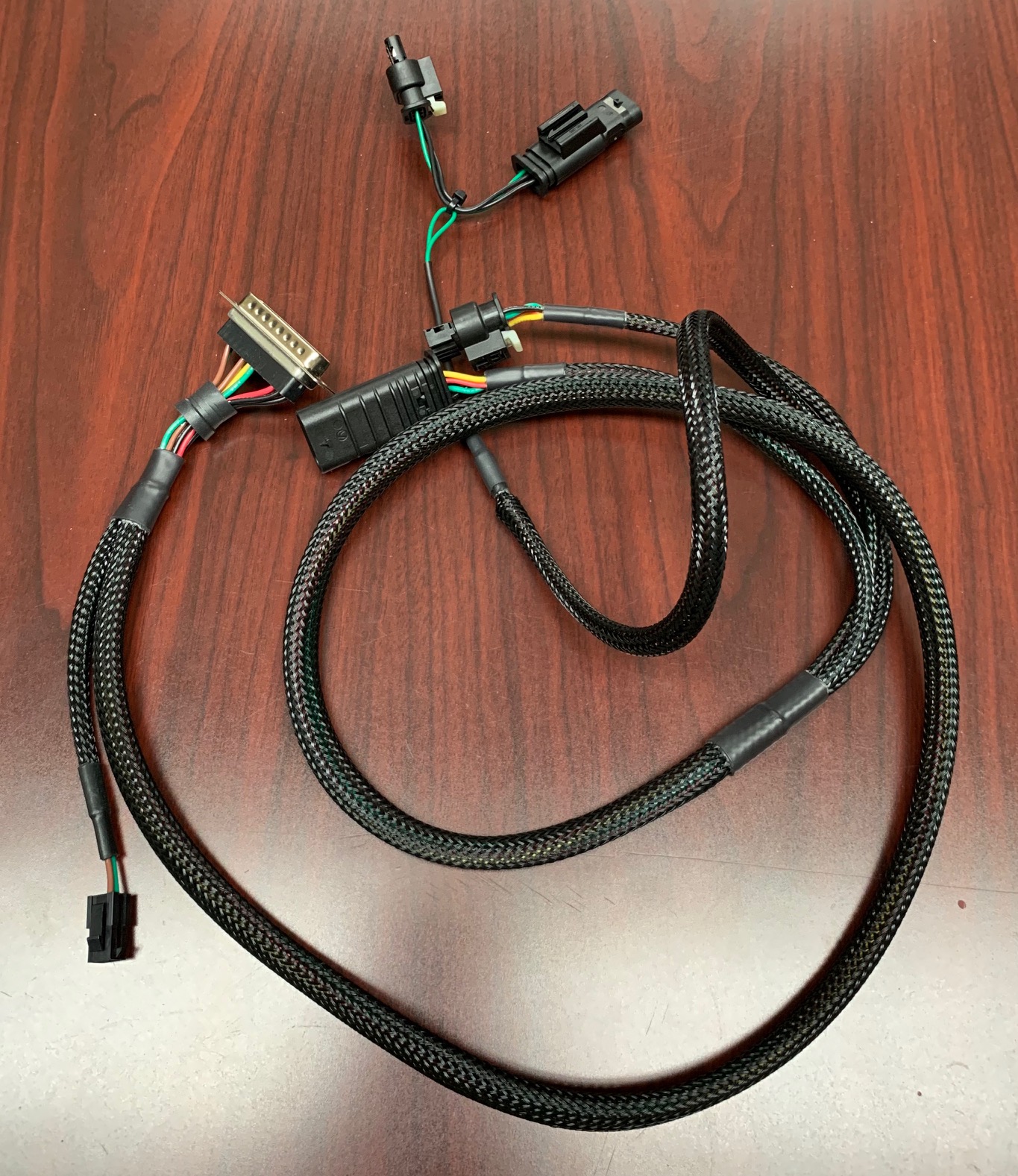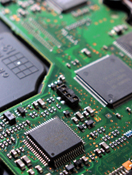-
Printed circuit boards (PCBs) are the backbone of modern electronics, powering everything from smartphones to medical devices. As technology advances, so does the demand for PCBs, making sustainability in manufacturing a critical focus for the industry. Companies like Board Assembly are taking steps to incorporate sustainable practices in PCB manufacturing, ensuring a greener future while maintaining high-quality production standards. Why Sustainability Matters in PCB Manufacturing The environmental impact of PCB production is significant due to
-
Did You Know That We Can Also Rework Your Defective PCBs? When you put in a large order for printed circuit boards from a PCB assembly service provider, you may find that a few circuit boards are defective in each bunch. Rather than write these circuit boards off as a loss (and lose your investment), you may be able to give them new life. At ACME PCB Assembly, we may be able to re-work and
-
It is important to understand that a wire harness is different than a cable harness. A wire is a single conductor, while cables are two or more wires that are insulated being wrapped in a larger jacket. These two technologies demand their own set of unique tools, fixtures, and machinery to help reduce production costs. Knowing exactly what type of product being used is crucial to perfectly create your designs. Wire harnesses generally do not
-
You might be wondering what solder mask is and why it’s important. Solder masks are a very important part of protecting a PCB. Solder mask, or solder resister is a thin covering that protects the PCB from oxidation. It also prevents solder bridges from forming between solder pads that are close together. One example of other ways that solder masks can be used effectively by companies are how solder masks are traditionally green but are
-
In the ever-evolving world of electronics, Package on Package (PoP) technology is emerging as a significant trend in PCB assembly, reminiscent of the introduction of BGA components in 1995. PoP is an innovative integrated circuit packaging method that vertically combines two or more memory ball grid array (BGA) packages. This approach is gaining traction due to its efficiency and design benefits. ACME PCB Assembly has been at the forefront of this technology since 2009. The








